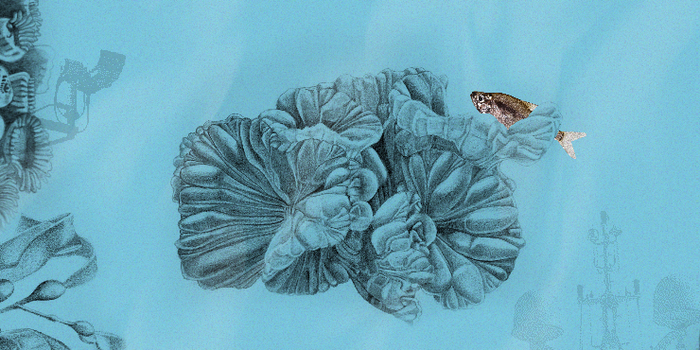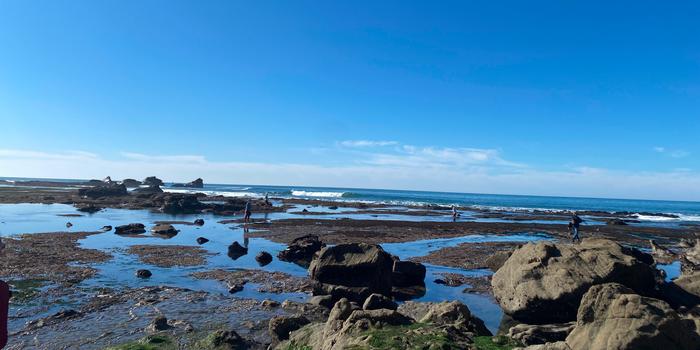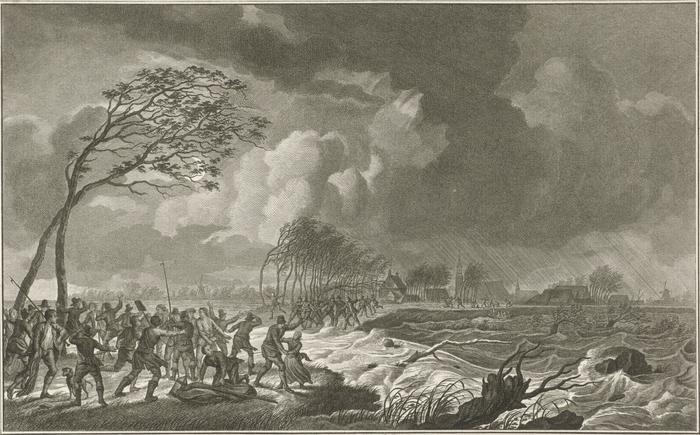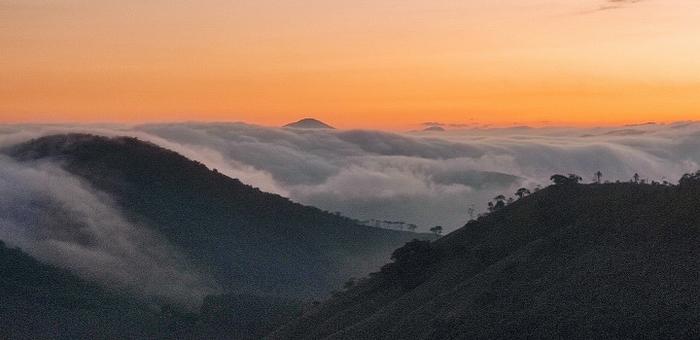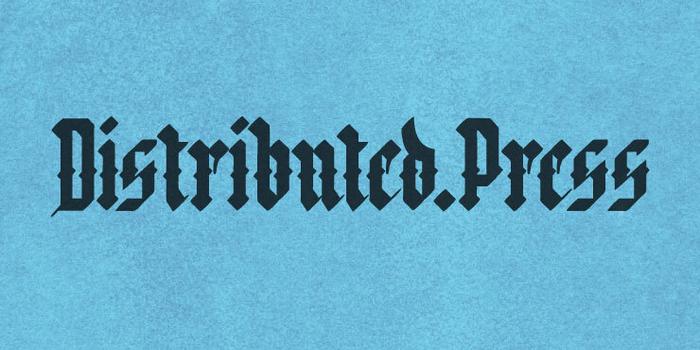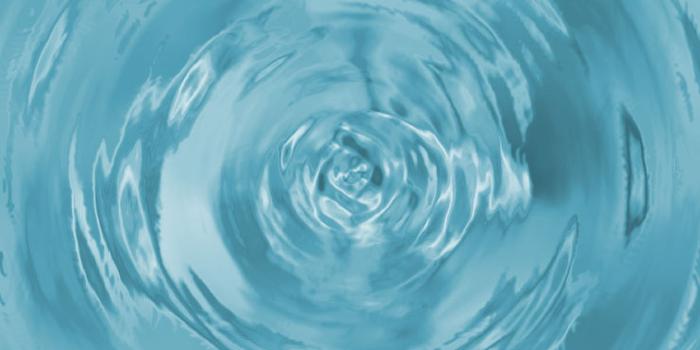mischief, submerged
myth, ecology, and technology at the poulaphuca reservoir
shane finan
Willow strands lean out over the lake surface. Bushes of flowery gorse light up the reflected shoreline with hundreds of small yellow flowers flickering in the gently lapping waves. Two humans holding fishing rods laugh about how one of them caught a pike that was over a metre long. A heron looks on jealously. This waterscape is old enough to be home to aged trees and water birds, but the lake is not the product of geological time. These are the shores of the Poulaphuca1 Reservoir in Wicklow, Ireland.
Local lore tells that the Púca swims in the rivers here in the form of a metre-long pike. Púca appears in many folk tales, and they are widely known in Ireland. Neither benevolent nor malicious, Púca plays tricks or maintains a distance. Often in the form of a half-horse, half-human creature they sometimes offer weary travellers a ride home. Once accepted, Púca then takes the person on a wild journey between our world and the realm of na daoine mhaithe (the good folk, sometimes referred to as fair folk or fairies), scaring the unsuspecting human until their hair turns grey. Sometimes the passenger falls off and is trapped in that other realm. Púca's ability to cross between worlds makes them capable of unpredictable mischief.

The story of Púca travels further than the ocean boundaries of the island of Ireland, of course, as a shapeshifter than can traverse worlds is hardly snared by any border of land or sea. They are known across the British Isles and northern Europe as Pwca, Puck, Pookie, and many other names. They perhaps also relate to trickster characters in other mythologies. And, like in many mythologies, the Púca has gradually been disregarded as a relic of a time of magic and lore, before technological progress submerged these old stories. But stories have a way of resurfacing.
In the 1920s, the Irish Free State was a young nation, having recently ceded from the British Empire after a violent war of independence, and an even more violent civil war. Prior to national independence, the valley was divided into a system of enclosed spaces owned by landlords who had titles awarded by the British crown. Those that lived in the valley were tenants, mostly farmers. One landowner, Elizabeth Smith, kept diaries of life in the valley in the mid 1800s and wrote at length about how the tenants of neighbouring estates suffered during 'An Gorta Mór' (The Great Famine) in the 1840s and ‘50s, particularly under absentee landlords who forced evictions on those who could not grow enough crops in the hard years. People throughout the country were forbidden at various points under British rule from speaking the Irish language (Gaeilge) and from practicing traditional folk customs.
The newly formed state sought to establish itself as a capable nation that would avoid mistakes of the past, taking on major civil engineering projects in the name of modernisation. A reservoir was needed to generate electricity and drinking water for the expanding population in Dublin and surrounds. The Free State government commissioned a large dam at Poulaphuca in the 1930s, where the Púca swam at the waterfall and where the River Liffey and the King's River met. The name of the waterfall is auspicious: Poulaphuca means 'the Púca's Hole' or 'the Púca's Cave' in Gaeilge. The shapeshifter always had some link to this place, perhaps using it as a doorway between worlds.
The process of erasure was clinical. Echoing the fraught history of the island, humans were evicted from their homes, this time given compensation that the state calculated was more than adequate. But the attachment between people and the land they live on is complex. The farmers there had spent generations caring for the soil in a way that was specific to that local climate. New houses in new places meant separation from neighbours and friends. Although some people were happy to leave the poverty of the valley, some were devastated to lose their homes. The forced evictions are still contentious today among the few surviving people from the area, and their children and grandchildren.

Many other evictions were unrecorded and uncompensated: The farm animals went in step with the humans, with just as little choice. The mammals, birds, insects, fungi, and plants in the valley were forcibly evicted, or drowned in a slow act of violence in the decade that it took the rivers to fill the valley. The parasites and hangers-on that travelled on skin and in guts were mostly forgotten about. Those that were able to move on did so. Those that did not found themselves underwater, either adjusting to life as water-critters, or perishing in the process.
While the hearths and homes were filling with flooodwater, the Irish Free State army fired artillery at the bridges that would soon be submerged. They destroyed them in an act of uncanny violence that can only be explained by a fear that some mythological or otherworldly monster might make a home for itself in the nooks and dark recesses of those old structures. The destruction of the bridges was a way of erasing one form of control over the landscape while introducing another. Gone were those hand-laid stones of bridges, walls, and roads, a relic of the empire, exploded back into earth to form the lake bed. The violence had a new master.
The only things that were not uprooted in the valley were the trees. They were cut down by locally employed foresters as part of the state project to avoid branches breaking free and forming detritus in the water. Their twisted stumps remain there even today, as a constant reminder of this time of upheaval.
Over the last ninety years, the calcified, tentacled appendages of the unearthed tree roots have become haunting monuments to the choice to flood a valley and to forget all the lives in it. The remains of the trees are uncanny objects illustrating worlds above and below the water-line.
When the island now known as Ireland was first occupied by people from the island now known as Great Britain, the 'nation state' did not exist. Hundreds of years later, after independence, the new power was not innocent or without prejudice. Marginalised people like Travellers and Gaeilgeoirí remained marginalised, pushed further into poverty by constitutional law, social ostracisation and technological obsolescence. The Catholic Church used the power gap to become closely entwined with national government, leading to brutal acts of control and coercion including systematic abuse of children, enforcing moralistic laws on all members of the population, and taking babies from unwed mothers.
Many years after the flooding of the reservoir, bones began to wash up on the shores near the former graveyard at Burgage. These were the bones of the unconsecrated: children who had died before being baptised and others who were not welcome to a Christian burial but who had been buried subversively outside the walls of a local graveyard. Unmarked and unremarkable beneath the earth, they had been forgotten when the graveyard was moved before the flooding. When their chance came to emerge, they arrived as a reminder of another form of cruelty and repression.

The Poulaphuca Reservoir is a symbol of a state but is also a representation of the entanglement between power, infrastructure and electricity. In 2023, the electricity grid is under more pressure than it was in the 1930s, as power consumption continuously increases due to the hunger of modern electronic and digital devices. From streetlights to laptops, LED displays to electric car charging stations, every device that draws voltage relies on electricity. The reservoir and hydroelectric station no longer generate a significant amount of the national grid, but still contribute just under 1% of the country's electricity. At times of strain or drought, the lake level lowers and old roads, walls, and structures emerge. The stories of the valley are written in the objects that were not erased, visible when the relationship between water and electricity is strained.
In 2023, there is another state-sanctioned relationship with electricity and international power. Tax concessions and loopholes for technology companies has made Ireland a hub for Amazon, Google, Facebook/Meta, Intel, IBM, Twitter and many other technology companies whose businesses rely on analysing and processing individual user data at high electrical cost. New data centres are still being built in Ireland, although a recent decision by national government requires that any new centre will have to be able to provide its own power. Whether evictions will be necessary to create this power has not yet been discussed.
Between the complex, twisted knots of state, electricity, data, business, water and power, swims Púca, giddy with the possibilities on offer of free rein between many worlds, and perhaps ready to show what is hidden in the water.
Púca is a shapeshifter, more than capable of moving between water and land. Perhaps they can move to other places through electricity wires or fibre-optic cables.
The veils between worlds can be many things: political borders, magical boundaries, or elemental meeting points. Internet technologies also exist between boundaries of worlds, such as electricity generation, code, data transfer and browser interpretations of data. Under these layers that fain neutrality are the hidden historical, social, and cultural biases of the programmers and the technologies used to make them. These biases have often been overlooked for the potential benefits. The generation of electricity, even from a so-called renewable source like water, can begin with acts of displacement and violence like at Poulaphuca Reservoir. Just as bones wash up on the sandy shores of Poulaphuca, underneath the histories of popular technologies we can find Nazi-borne cryptography, applied eugenics, and capitalist ethics of extraction.2 In other places, water is rerouted or dammed to supply power to big-tech processes and to cool data centres.
Púca is often seen as a mischievous character that tries to do ill to humans by playing tricks. But perhaps they just want us to be more humble. Perhaps they are trying to remind us that the stories we tell can also be a way of unearthing and helping to deal with the actions of the past. When Púca gained access to the electrical grid, and from there to the internet, they had free rein to explore many places that were never accessible before. Nothing remains submerged forever. Even mythological creatures like Púca find their way back to the surface, concealed in the Irish-language name of the place: Poulaphuca. Púca pulls us between the worlds and shows us what it looks like on the other side — maybe they need us to go underwater, to travel through cables and into our LED screens, to reveal something to us that we might have been missing.

The stories that we tell manifest the worlds that we live in. For too long, a story of 'progress' has been put forward by powerful white men as a justification for evictions or violence, with means apparently justifying the ends. But Púca is a shapeshifter, still present despite their attempted erasure. They still swim in the reservoir and cross between worlds. They still show humans what they cannot usually see. They still transform, fly, dance, squeeze and shuffle, just as they flicker now in front of you as words on a screen.3
Willow on the shoreline provides shelter for nesting birds. Bushes of flowery gorse remind us that not everything can be tamed. Two humans holding fishing rods wonder if they should accept this pike's offer of a journey underwater. A heron looks on, smirking. The lake is a reservoir and the Púca is a guide, and we can decide which story we want to live in, above or below or somewhere else entirely.
--
Stories, languages, bridges and power cables can be hidden and submerged, but don't necessarily remain so. Púca shows me one way to examine this place, the reservoir, and our complex relationship with technology. I began working on this project in 2019 when living near the reservoir, and have since collaborated with artists, historians and libraries, threading out different parts of this story in written text and artwork. Since 2021, I have led a collaboration called Púca in the Machine4 with artists and local people, trees, grasses, fish, birds, fungi, sheep and, of course, Púca. In 2022, with Niamh Fahy and Alannah Robins, we created artworks in response to this place and its unique history. In 2022, writer Robert Barrett and visual artists Saidhbhín Gibson and Margaret O'Brien are developing new works from the site. All photographs by shane finan 2022. Project progress is documented at the website https://puca.work
- The spelling of Poulaphuca is different in different texts. When the Irish-language place-names were mapped by British cartographers, many of them were written down phonetically without giving much credence to the meanings behind the names. It is also variably spelled Poll an Phúca or Poulaphouca, with other local variations also found. ↩︎︎
- Kate Crawford's book Atlas of AI goes into far more depth about these hidden stories, which are too many to write up here. ↩︎︎
- Or a page, if this is printed out! ↩︎︎
- https://puca.work ↩︎︎

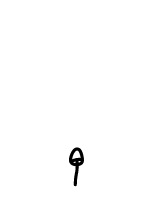
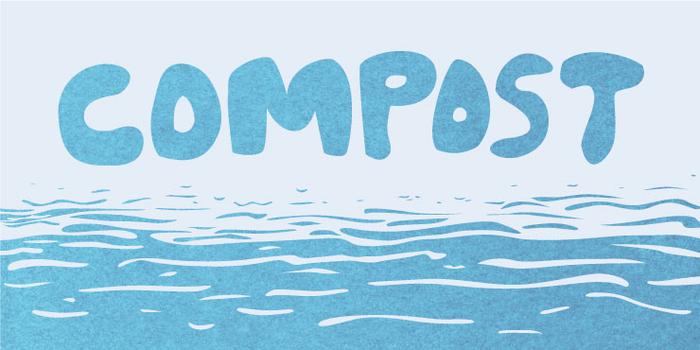
%20(3)_700x350.jpg)
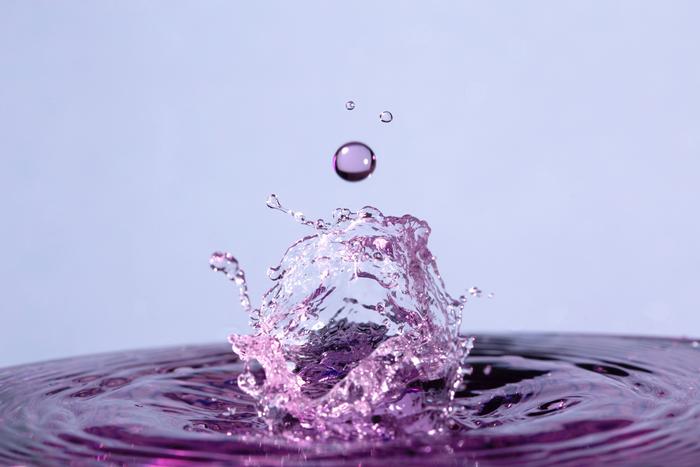
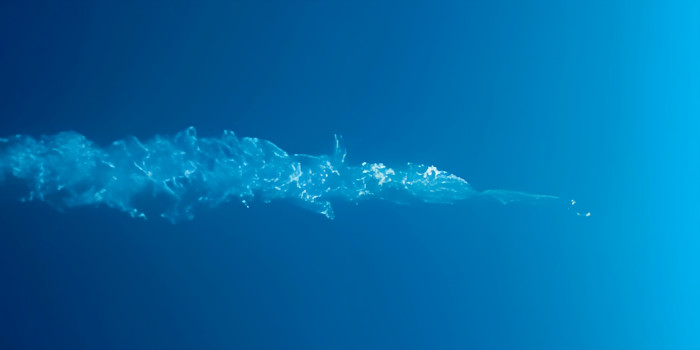
_700x700.png)
